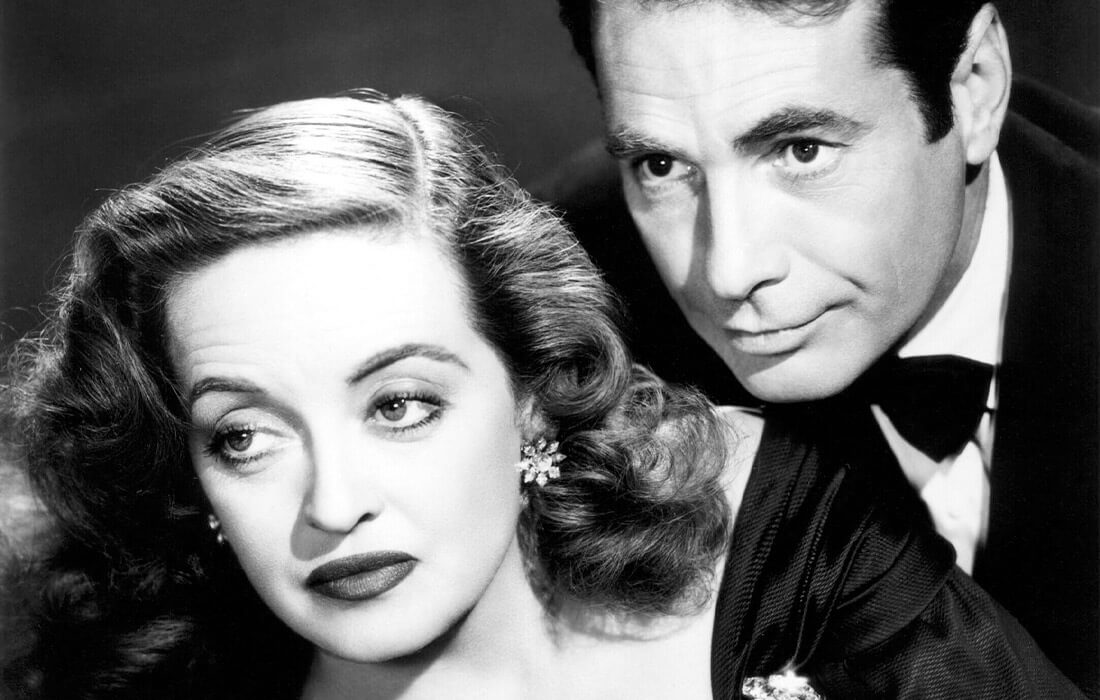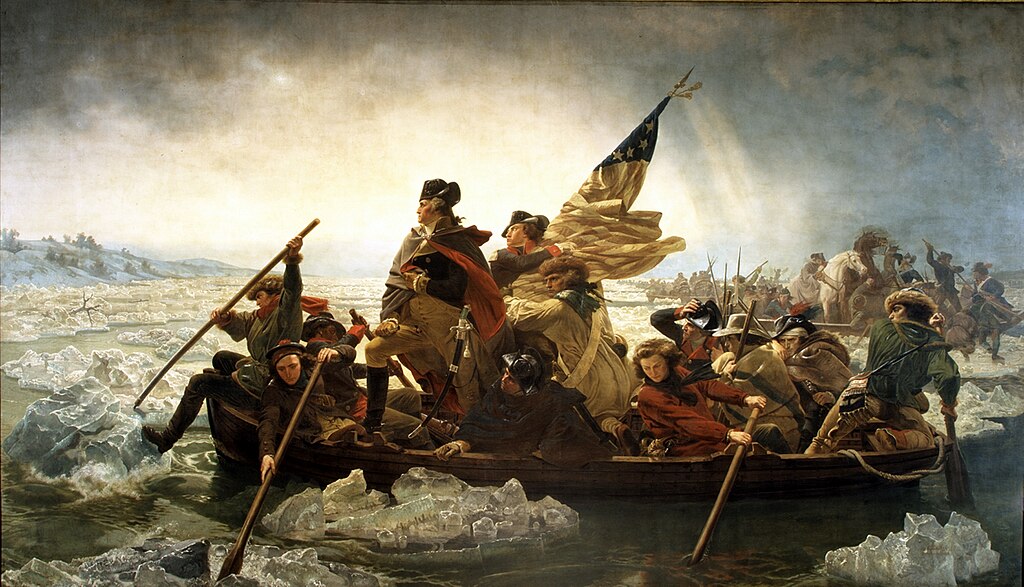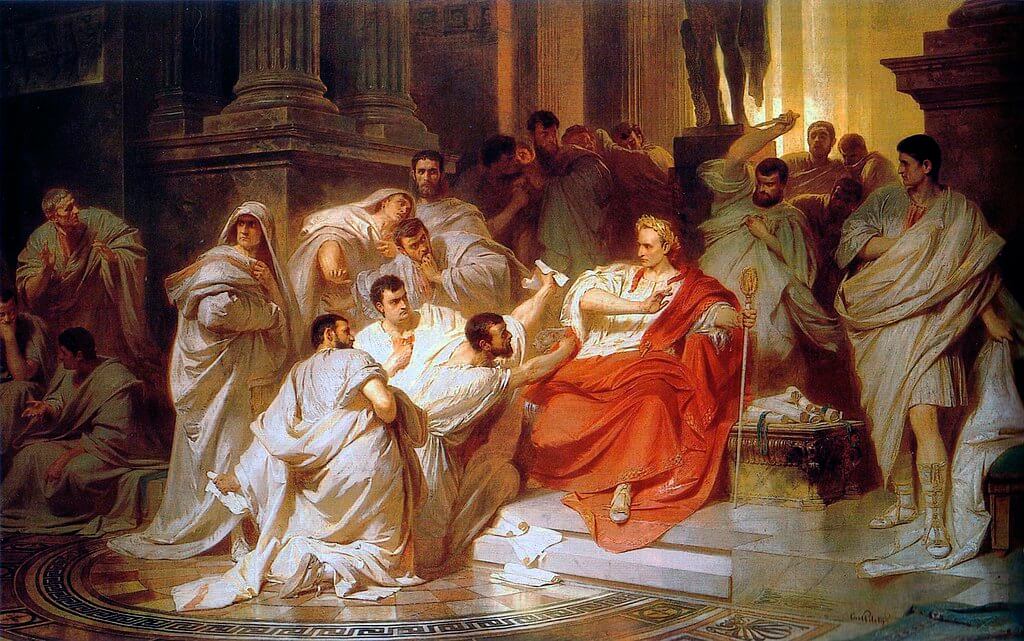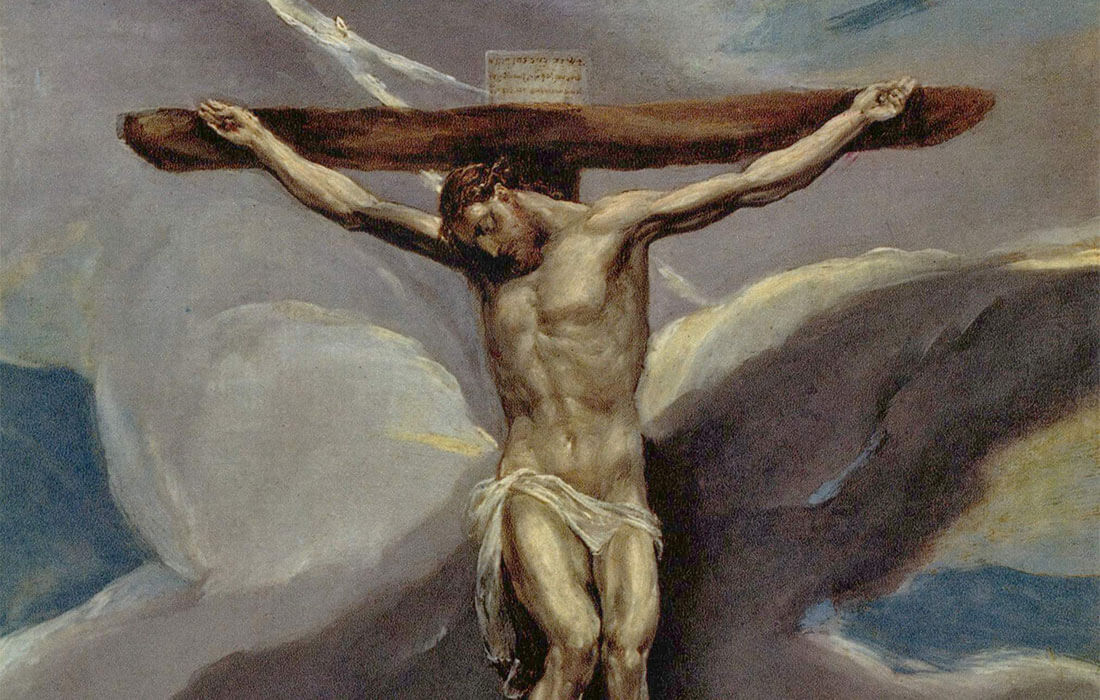
El Greco’s Celestial Vision: The Divine Intersection of Art and Faith in ‘The Crucifixion of Christ
Step into the world of El Greco, the enigmatic artist whose masterpiece, ‘The Crucifixion of Christ,’ stands as a testament to faith and human resilience. This captivating painting, with its elongated, stylized figures and striking colors, has captured the hearts and minds of art enthusiasts and historians alike.
Born Doménikos Theotokópoulos in 1541 on the Greek island of Crete, El Greco later relocated to Spain, where he rose to prominence as one of the most important painters of the Spanish Renaissance. His unique style, blending Byzantine and Western artistic traditions, set him apart from his contemporaries and solidified his legacy in art history.
‘The Crucifixion of Christ’ showcases El Greco’s ability to infuse religious themes with deep emotion and spirituality. The painting depicts Jesus Christ crucified on the cross, surrounded by various elements representing His suffering, love, and sacrifice for humanity. El Greco masterfully captures the intensity of the scene, drawing viewers into the narrative and inviting them to reflect on its profound meaning.
The canvas is dominated by the tall, slender figure of Christ, His body stretched and elongated in a manner typical of El Greco’s work. This distinctive feature conveys a sense of otherworldliness, creating an ethereal atmosphere that elevates the scene from a mere historical event to a divine occurrence. The somber color palette, with deep blues and muted earth tones, further enhances the painting’s solemnity and emotional depth.
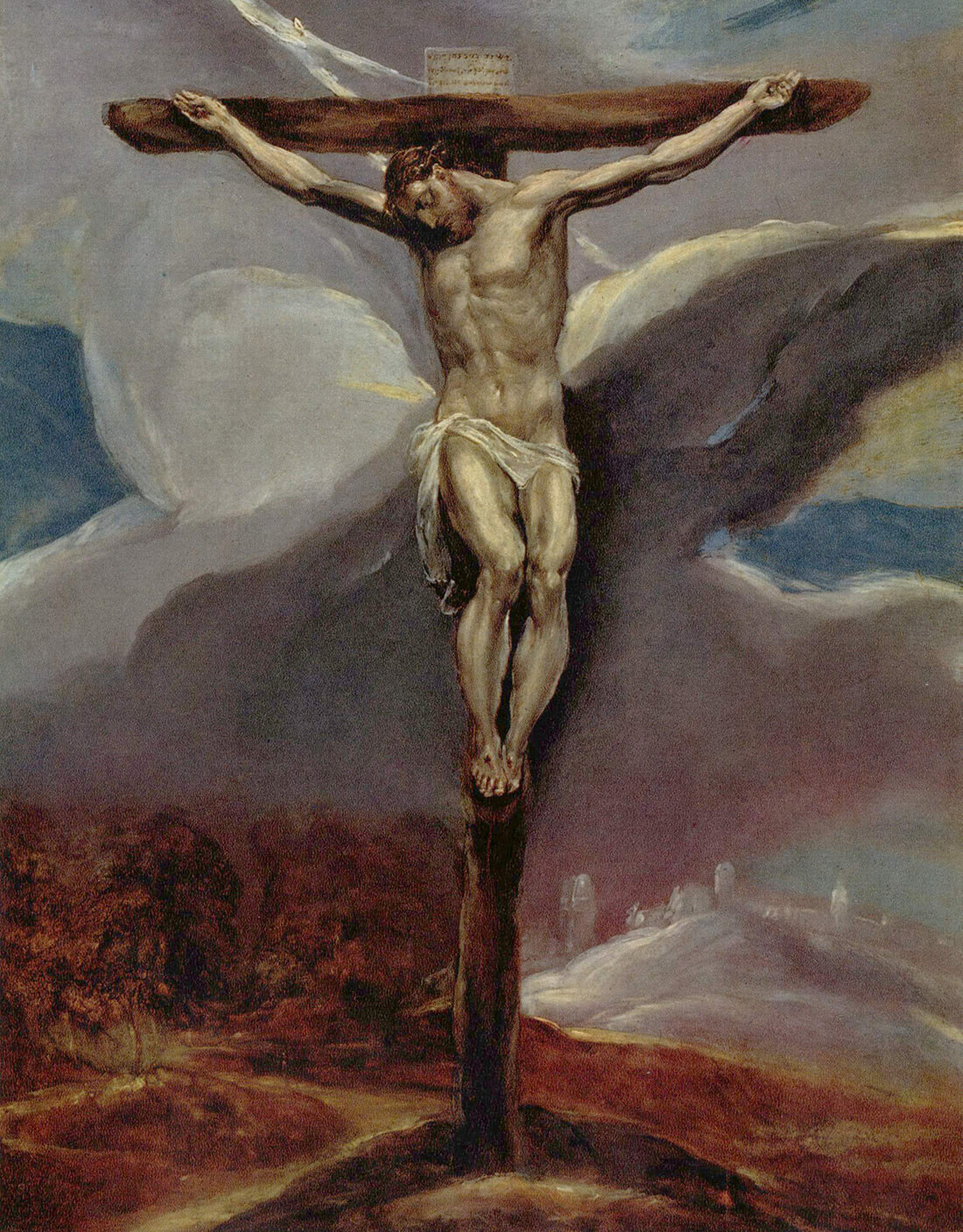
The viewer’s eye is immediately drawn to Christ’s face, contorted with pain yet exuding serenity. His expression embodies the duality of the human and divine nature of Christ, a theme central to Christian theology. Surrounding Christ are the symbols of His Passion – the crown of thorns, the nails, and the spear – each meticulously rendered to emphasize the magnitude of His suffering.
In the background, El Greco skillfully employs chiaroscuro, a technique that contrasts light and shadow, to highlight the divine presence. The sky behind Christ is illuminated by a golden glow, signifying God’s presence and approval of the ultimate sacrifice. This contrast also serves to accentuate Christ’s isolation, as He hangs suspended between heaven and earth.
The painting’s composition directs the viewer’s gaze upward, following the lines of the cross to the heavens. This visual journey serves as a metaphor for the ascension of the soul, a concept deeply ingrained in Christian belief. By connecting the human and divine realms through art, El Greco invites the viewer to contemplate the nature of faith and the promise of salvation.
Over the centuries, ‘The Crucifixion of Christ’ has captivated audiences and inspired countless interpretations. Some see it as a tribute to the power of faith, while others view it as a commentary on human suffering and redemption. Regardless of the perspective, the painting remains a timeless masterpiece that speaks to the human condition and our innate desire for transcendence.
Through his visionary approach, El Greco transformed a familiar religious subject into a deeply emotional and spiritual experience. His masterpiece, ‘The Crucifixion of Christ,’ is not only a reflection of his extraordinary talent but also a testament to the enduring power of faith and the human spirit. As we continue to explore and appreciate the rich history of art, the enigmatic genius of El Greco will forever hold a special place in our collective imagination.


